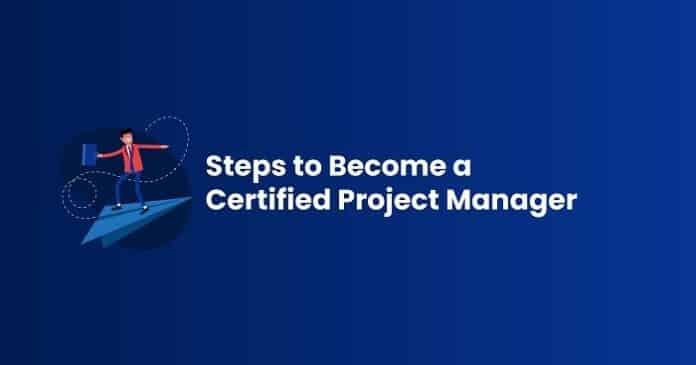Are you looking to advance your career in project management to the next level? Here are the essential steps in becoming a certified project manager, from choosing the right certification, eligibility requirements, effective preparation, improving project management skills and passing the exam. With this step-by-step guide you will equip yourself with certification and become expertise in the principles and practices of project management.
Understand the Role of a Project Manager
Before knowing about the certifications, it is important to understand about the roles and responsibilities of the project manager. Project managers are responsible for executing, planning, and closing projects, while coordinating resources, managing budgets, and keeping all stakeholders informed. These certified professionals use the project management methodologies to drive project success and deliver to the organization.
Choose the Right Certification
There are different project management certifications which have specific requirements like experience, education, and project management knowledge. Some of the project management certifications include:
Certified Associate in Project Management (CAPM®): The CAPM certification is designed for those who want to start their journey in project management.
Project Management Professional (PMP®): The PMP certification is designed for those who have professional experience in project management for between 3 – 5 years .
PRINCE2 Foundation and Practitioner: This PRINCE2 Foundation and Practitioner certification is designed for both professional and beginners who want to pursue their career in project management. This certification will make you understand about the PRINCE2 methodologies, and structured project management principles.
By looking at your current experience and knowledge about project management, choose the certification that fits you well.
Enroll in a Training Course
Project management certifications exams are often difficult, so it is essential to prepare thoroughly. Enrolling yourself with a training course designed for your specific certification can give you a structured way to learn, along with study materials and expert guidance. There are many training providers which have both online and offline classes, choose the mode of the class.
Develop a Study Plan and Gather Resources
Develop a study plan that fits your daily routine and allows you to cover all the topics of the certification. Use resources like:
- Study Guides or Study Materials
- PMBOK Guide for PMP and CAPM exams
- PRINCE2 manual for PRINCE2 exams
- Study groups for knowledge exchange and collaborative learning
- Practice tests to know about the questions format and test format.
Practice with Mock Exams
Taking practice tests is the best way to prepare. These help you gain real time experience, allow you to manage your time, and understand which area needs to be focused. Practice exams also help reduce test anxiety by making you comfortable with the exam format.
Schedule and Take the Exam
Once you feel confident, schedule your exam. Make sure to choose a time and location that suits your schedule. Take the exam and get certification by earning a desired passing score.
Maintain Your Certification
Most of the project management certifications like CAPM, PMP certification, need continuous learning to maintain the credential. For example, PMP holders need to earn Professional Development Units (PDUs) every three years. Stay current by participating in training sessions, attending conferences, or completing additional coursework.
Conclusion
Earning a project management certification will help you boost your career growth and recognition. Follow the steps outlined, understanding the role, choosing the right certification, preparing thoroughly, and staying committed. You can achieve certification and enhance your project management skills. You’ll be well on your way to becoming a certified project manager, ready for exciting new challenges and opportunities.





